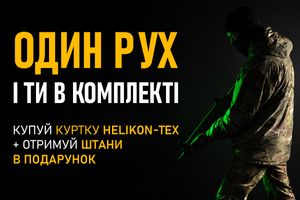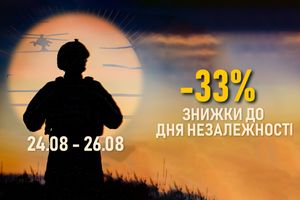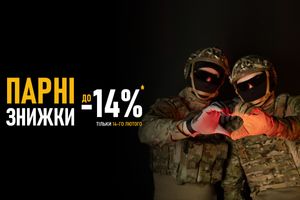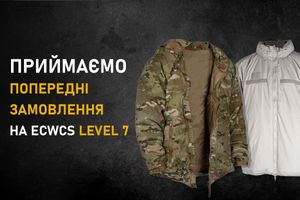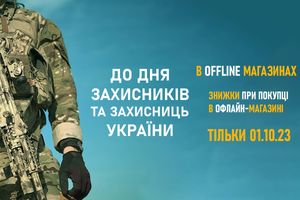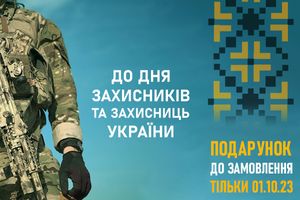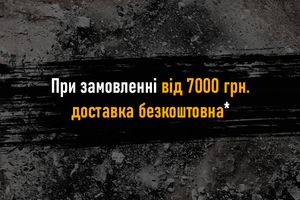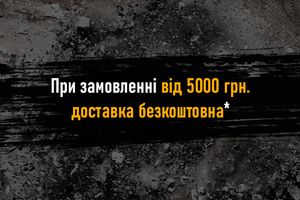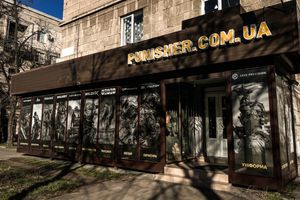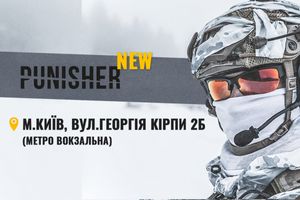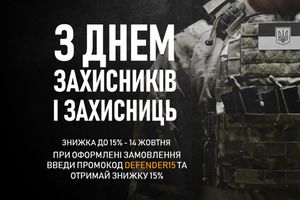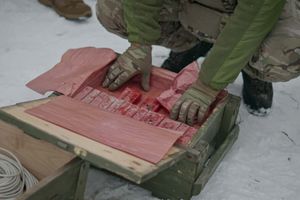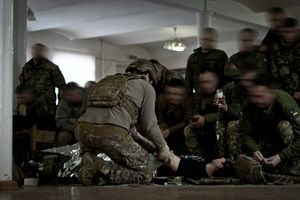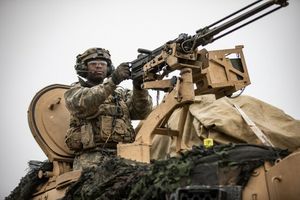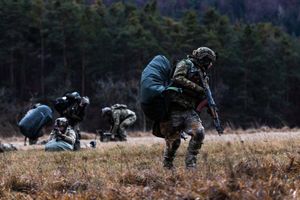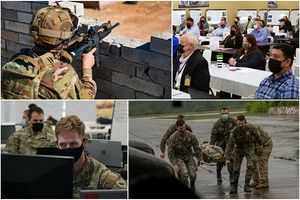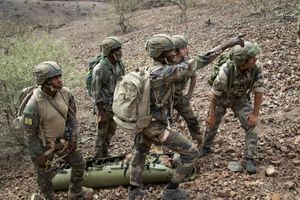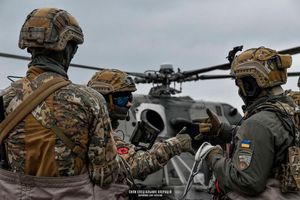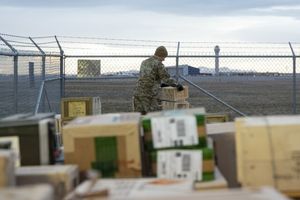Fort Hood, Texas - Taking a step down memory lane, the current commander of the 302nd Dutch Squadron, 166th Aviation Brigade, First Army – Division West, shared an update on the training squadron with former Royal Netherland’s commanders, as the unit marked its 25th year of training here, Dec. 8.
“It is going really well,” Lt. Col. Martin ‘t Jong, 302nd Dutch Sqdn. commander, said. “We are polishing the cherry on top of the cake right now.”
Retired Royal Netherland’s Maj. Gen. Theo Ten Haaf, who served as the commander of the unit when it was activated as the 301st Squadron in 1996, shared the importance of the AH-64 Apache training they received when they arrived to the Great Place.
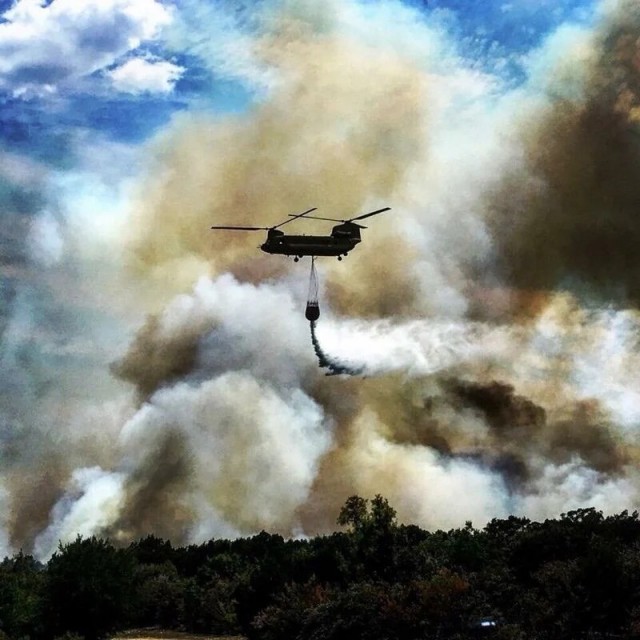
“It’s one thing to learn how to fly, but the main thing is the operation of the Apache’s weapon system,” he said. “For the Netherlands, it was a huge step to go into the attack helicopter training.”
The Dutch unit originally came to Fort Hood after asking the United States government for training assistance. After aviators complete flight training at Fort Rucker, Alabama, they were told they could come to Fort Hood for unit training on the Apache helicopters. The unit became known as the Netherlands Apache Training Program under 21st Cavalry Combat Aviation Training Brigade.
Ten Haaf said they took what the U.S. taught them and developed it to work for them. Because they are a much smaller military, they needed the flexibility to make the training their own. Now, 25 years later, ‘t Jong said they have made the training their own, while sharing tactics back and forth with their American counterparts.
“The squadron is actually a FMS (Foreign Military Sales) program and doesn’t always fit in the U.S. system or the Dutch system completely, so we have workarounds,” he explained.
Shortly before incorporating CH-47 Chinook helicopters into its training regime in 2012, the name was changed to the Joint Netherlands Training Detachment in 2011.

After the 21st Cav. Bde. deactivated in 2015, they were reassigned to the 166th Aviation Bde., but that unit deactivated shortly thereafter, placing the Dutch unit with the 120th Infantry Bde. When the 166th Aviation Bde. was reactivated in 2018, the 302nd Dutch Sqdn. found its way back to First Army – Division West.
The unit now conducts both aviation and infantry training for the Royal Netherlands Air Force and the Royal Netherlands Army. In 2019, Air Commodore Robert Adang, commander of the Dutch Defense Helicopter Command, signed a compact with the commander of the 166th Aviation Bde., outlining the two parties’ roles in the ongoing relationship they have at Fort Hood.
Under the formal agreement between the two nations, the RNLAF signed over eight AH-64 Apache helicopters and four CH-47 Chinook helicopters for the U.S. to use in training the Dutch Airmen.
“That’s the level of trust we have between the two nations,” Adang said at the time. “We actually gave them 12 helicopters and said, ‘Please take good care of them.’ I don’t know of any other programs at the same level.”
‘t Jong admits that while there are some differences between the RNLAF and the RNLA, in the end they are one team, one fight. He introduced Maj. Jarin Elsinga of the RNLA, who serves as his executive officer, to those on the teleconference to share his thoughts on the partnership between the two branches.
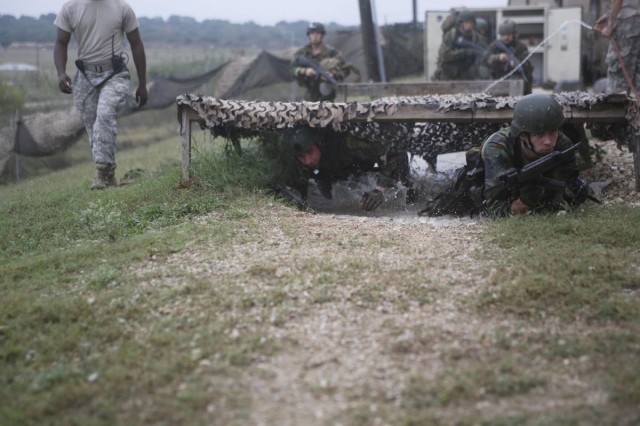
“The 302nd has its own special culture because of the jointness of this squadron. You have to work together as a team to achieve the goals that have been set,” Elsinga said. “There is no other unit like it because Army and Air Force are working together seven days a week. Working together as a team is something special and something we should cherish also, because it is beneficial to all the people working here having that experience in this joint environment.”
While sharing memories of living and working at Fort Hood, Ten Haaf said he holds fond memories of Fort Hood, as they were warmly welcomed to Texas in 1996. He said his daughter, who was six years old at the time, attended school in Killeen, learned English in Killeen Independent School District and still knows English today.
Retired Lt. Gen. Emco Jellema, a former commander who retired in Central Texas and now works for the program as a contractor, said the symbiosis at Fort Hood goes far beyond tactical training. He shared that the community loves the military and has fully embraced the Dutch military as well.
“The informal relationships are just as important as the formal relationships. They don’t mind to hear military noise. When the artillery goes off, my windows and doors rattle every night, but people don’t complain,” Jellema added. “Those informal relationships, that cohesion within the local community, has been a good experience.”
Chris Johnston, program manager for Inter-Coastal Electronics, who has worked with the squadron for 19 years, shared how listening to the stories and realizing how much the program has changed over the years makes him nostalgic.
“It gives me chills just talking about the growth,” Johnston shared.
As the unit celebrates 25 years, they also celebrate 25,000 training hours on the Apache, a feat they could not have imagined two decades ago. ‘t Jong said they are not the same unit they were a year ago and certainly not the same as they were 25 years ago, because they are ever-evolving and improving. He said that would not have been possible without the support of the squadron’s parent units, Fort Hood and the public, for which the Netherlands is grateful.
The commander said it also helps that they all love what they do, resulting in most people wanting to extend their four-year-tours.
“Besides a tiny fraction who get homesick,” ‘t Jong added, “people never want to leave.”
Source: https://www.army.mil/article/252904/dutch_squadron_celebrates_25_years_of_training_at_fort_hood
Author: Brandy Cruz, Fort Hood Public Affairs










































































































































